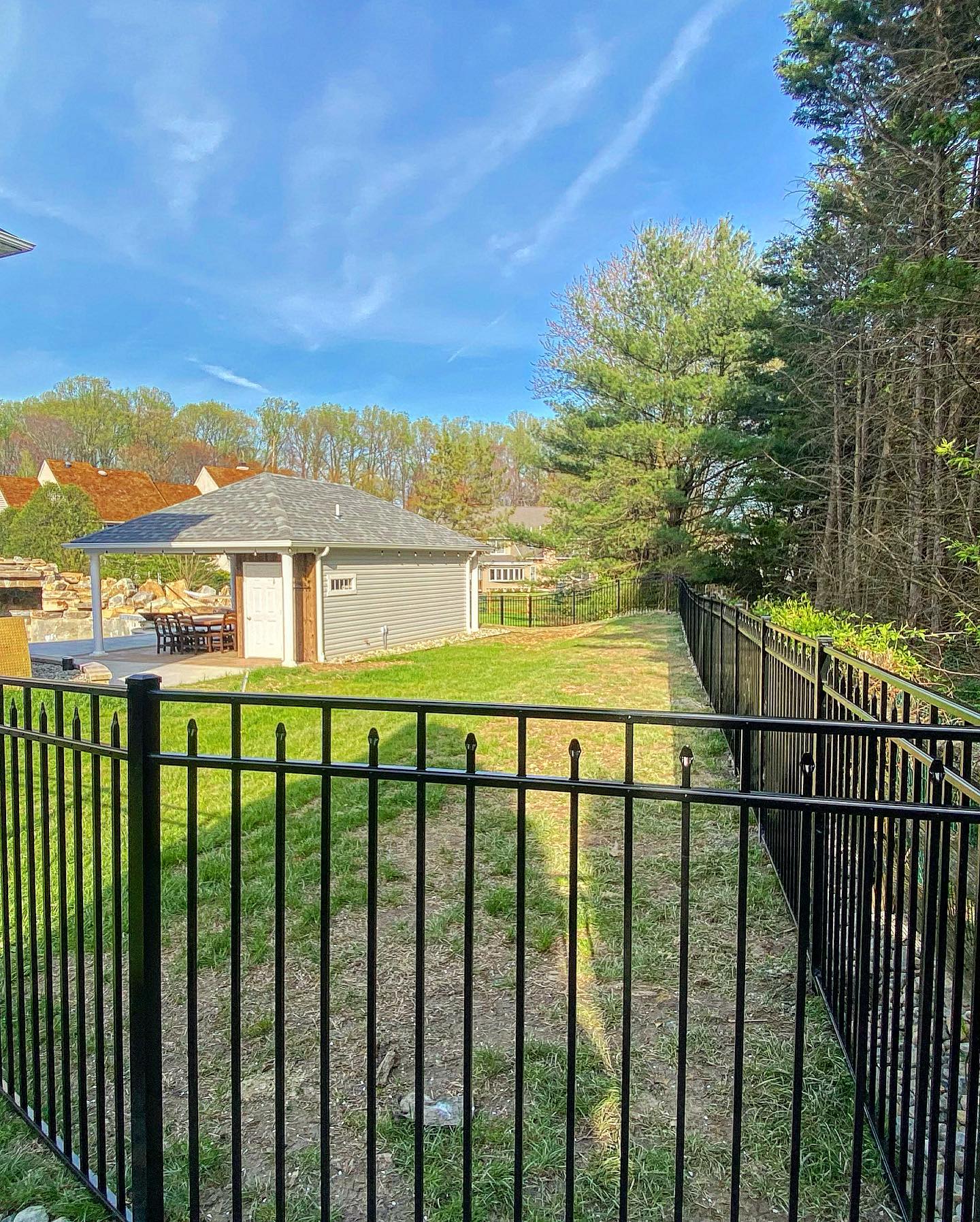Residential fences serve multiple purposes, from enhanc […]
Residential fences serve multiple purposes, from enhancing privacy and security to improving curb appeal and defining property boundaries. Whether a homeowner is seeking to install a fence for aesthetic enhancement or practical needs such as pet containment or noise reduction, careful planning and informed decision-making are crucial. Selecting the appropriate fencing solution involves evaluating several factors, including materials, design, local regulations, maintenance requirements, budget, and installation practices. A thorough understanding of these elements can help homeowners avoid costly mistakes and ensure long-term satisfaction with their fencing investment.

The step in selecting a residential fence is identifying its primary function. Different goals may bring about different material and design choices.
Privacy: Solid panels or tightly spaced pickets are effective in creating privacy. Common materials for privacy fences include wood, vinyl, and composite.
Security: For security, fences should be tall, durable, and difficult to climb or cut through. Metal fences, such as wrought iron or steel, are often used for this purpose.
Aesthetics: Decorative fences, such as ornamental aluminum or wood picket styles, may be chosen for visual appeal.
Safety and Containment: Fencing to keep pets or children safe requires specific height and spacing considerations to prevent climbing or squeezing through.
Noise Reduction: Solid fences with minimal gaps, particularly those constructed with dense materials, can help reduce noise pollution from nearby roads or neighbors.
Recommendation: Define the fence's primary purpose clearly before comparing styles and materials, as this will narrow down the appropriate options.
The choice of fencing material significantly influences cost, appearance, maintenance, and longevity. Common materials for residential fences include:
Wood: Offers a traditional look and good privacy but requires regular maintenance (e.g., staining or sealing) to prevent rot and weather damage.
Vinyl: Durable and low maintenance, vinyl resists moisture and insects, although it may become brittle over time due to sun exposure.
Metal (Aluminum, Steel, Wrought Iron): Strong and secure, metal fences are suitable for ornamental purposes or perimeter security. Aluminum resists rust, while steel and iron may require coatings to prevent corrosion.
Composite: Made from recycled wood and plastic, composite fencing provides the appearance of wood with improved weather resistance.
Chain Link: Cost-effective and durable, though less attractive. Can be enhanced with privacy slats or screening for residential use.
Recommendation: Evaluate the trade-offs between appearance, cost, and maintenance for each material. Consider environmental conditions, such as humidity or sun exposure, which may affect the material's longevity.
Before installing a fence, it is important to check local zoning laws, building codes, and homeowner association (HOA) guidelines.
Permits: Some municipalities require permits for fence construction, particularly for fences over a certain height or those near property lines.
Height Restrictions: There may be limitations on fence height in front yards versus backyards.
Material Restrictions: Certain communities or HOAs may prohibit specific materials or colors to maintain neighborhood uniformity.
Recommendation: Contact local authorities or your HOA before purchasing materials to ensure the fence complies with all applicable rules.
The design of the fence should align with the home's architecture and the surrounding landscape.
Horizontal vs. Vertical Boards: Horizontal boards offer a contemporary look, while vertical pickets are more traditional.
Top Finishes: Decorative elements such as lattice tops, scalloped edges, or post caps can enhance appearance.
Color Coordination: Fences should complement the home's exterior. Neutral colors or natural finishes often integrate well.
Recommendation: Choose a style that complements your home but also supports the fence's primary function. Balance visual appeal with practicality.